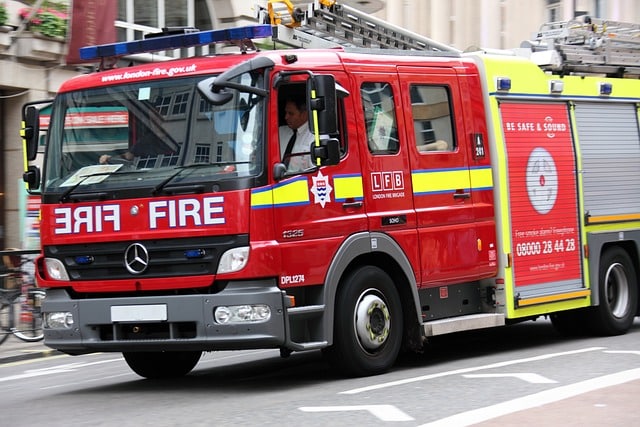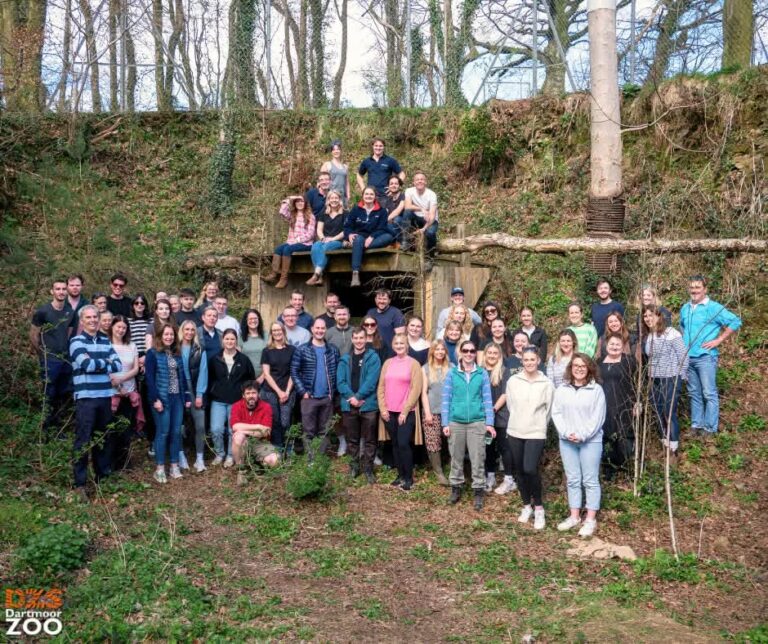Fire Safety Regulations 2022: a brief summary
Fire Safety has become a much more prominent issue over the last couple of years. With the tragedy that occurred in London on the 14th of June 2017, when Grenfell Tower was destroyed, fire regulations and safety procedures have become a much more scrutinised area.
The new fire safety regulations are being added to Regulatory Reform (Fire Safety) Order 2005 and came into law in January 2023.
The new regulations apply to all buildings in England that comprise of 2 or more domestic premises as well as common parts through which residents would need to evacuate in the case of an emergency. Regulations do not apply to individual flats other than measures installed to the individual’s safety such as sprinklers and smoke detectors.
There are three degrees of regulations depending on the height of the building from the ground to the top floor’s floor. These are as follows:
- Under 11m
- 11m – 18m
- 18m plus
When it comes to these new regulations, everything from the lower height building is applicable to the higher buildings thus anything that is applicable to buildings that are 11m – 18m tall is applicable to buildings that are more than 18 meters tall.
Under 11m with 2 or more domestic premises and common parts
The duties of the Responsible Person for buildings under 11m are as follows:
There must be an evacuation strategy for the building (e.g., stay put or simultaneous evacuation).
- There must be instructions on how to report a fire (e.g., use of 999 or 112, the correct address to give to the fire and rescue service, etc.).
- Any other instruction that tells residents what they must do when a fire has occurred. These instructions must be provided to new residences and should be reissued annually.
- Fire doors must be shut when not in use.
- Residents and guests must not tamper with fire doors.
- Residents must report any fault or damages to fire doors immediately – e.g., if door isn’t closing properly.
Over 11m with 2 or more domestic premises and common parts
The new guidelines for buildings over 11m are as follows:
- All communal fire doors need to be checked every 3 months for the following:
- Checking if they are self-closing.
- Checking if they fully close into their frames.
- There is no obvious damage.
- All flat entrance doors need to be check annually for the following:
- Checking if they are self-closing.
- Closed fully into their frames.
- No damage.
Above 18m (generally 6 stories and above including ground floor) with 2 or more domestic premises and common parts
These buildings are classed as the high-risk building and the new regulations are as follows:
- Signage with orientation must be visible in normal conditions as well as smoky and low light conditions.
- A secure information box must be installed so the fire department has easy access to as much information as possible about the building when attending a fire. It must be inspected annually and contain the following information:
- Name, address and telephone number of responsible person.
- Name, address and telephone number of people with access to the building on behalf of responsible person.
- A copy of the floor plans and building plans.
- Floor plans with all dimensions and safety procedure locations e.g., sprinkler system.
- Information on external wall construction. A record of the design of the external walls of the building, including details of the materials from which they are constructed. Must be provided to the local fire and rescue service by electronic means.
- Floor plans and building plan. To be provided to the Fire and Rescue Service.
- The Responsible Person must also conduct monthly inspections to make sure all systems are working correctly in the case of a fire. These systems include:
- All lifts that are intended for use by firefighters.
- Rising mains.
- Smoke control systems.
- Fire detection and alarm systems.
- Evacuation alert systems
- Automatic door opening linked to fire detection.
- Fire suppression systems.
If you require any further information, please talk to the Property Management team.





